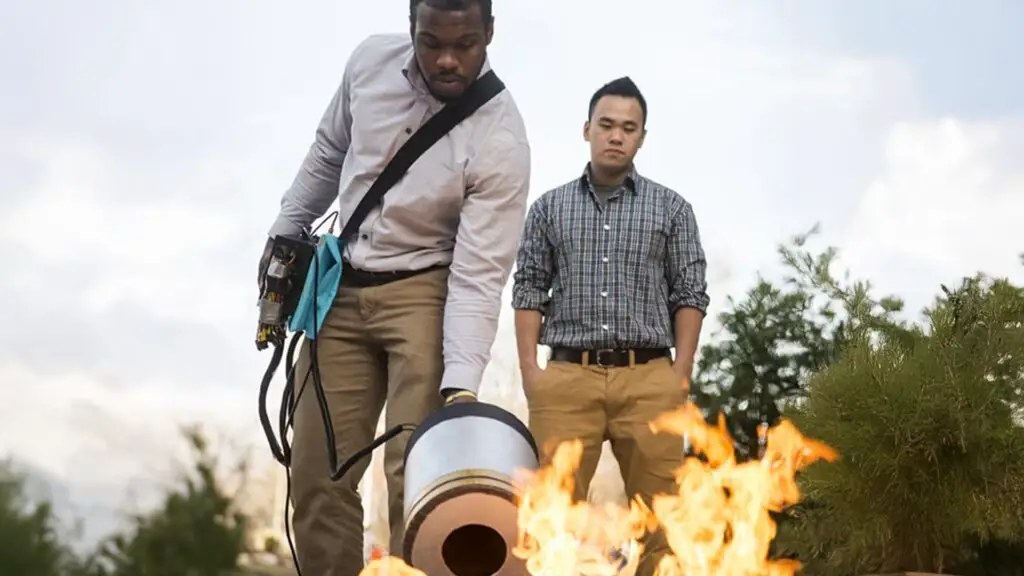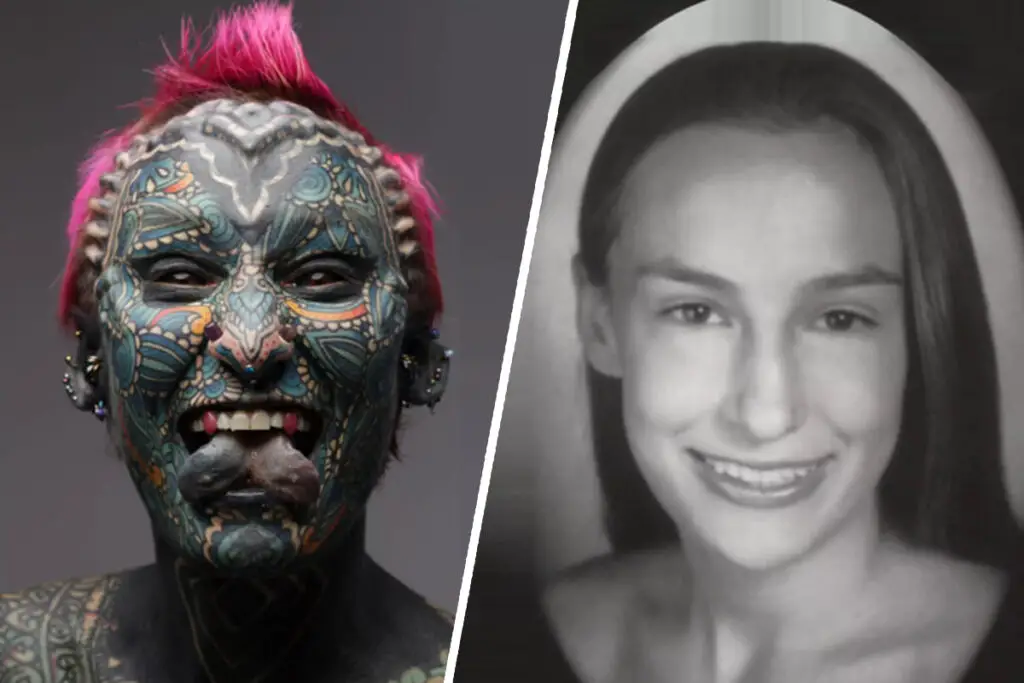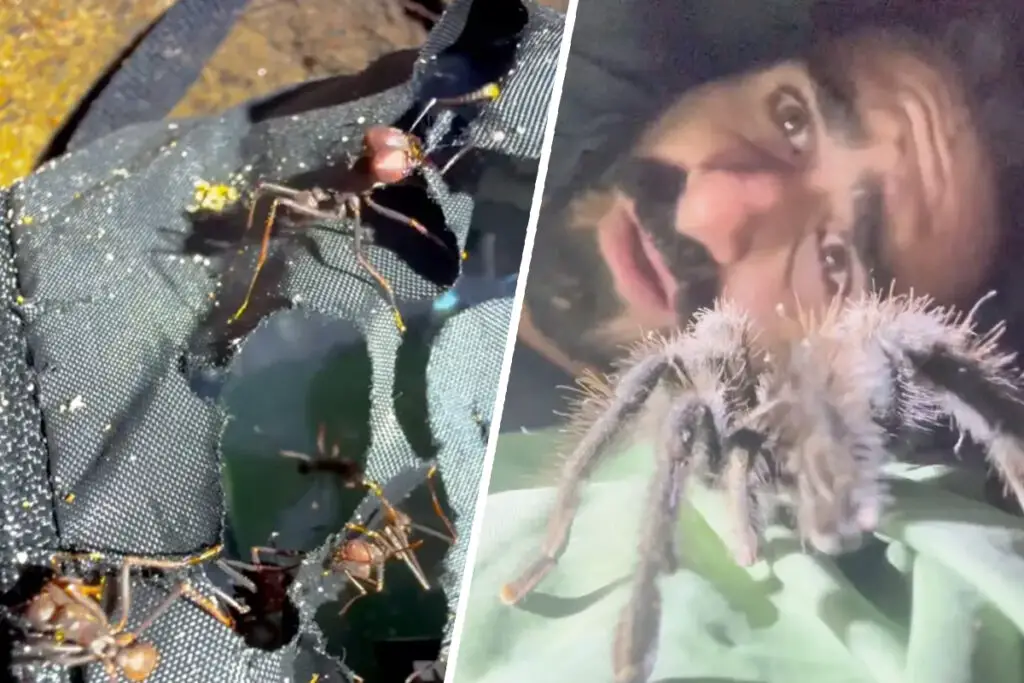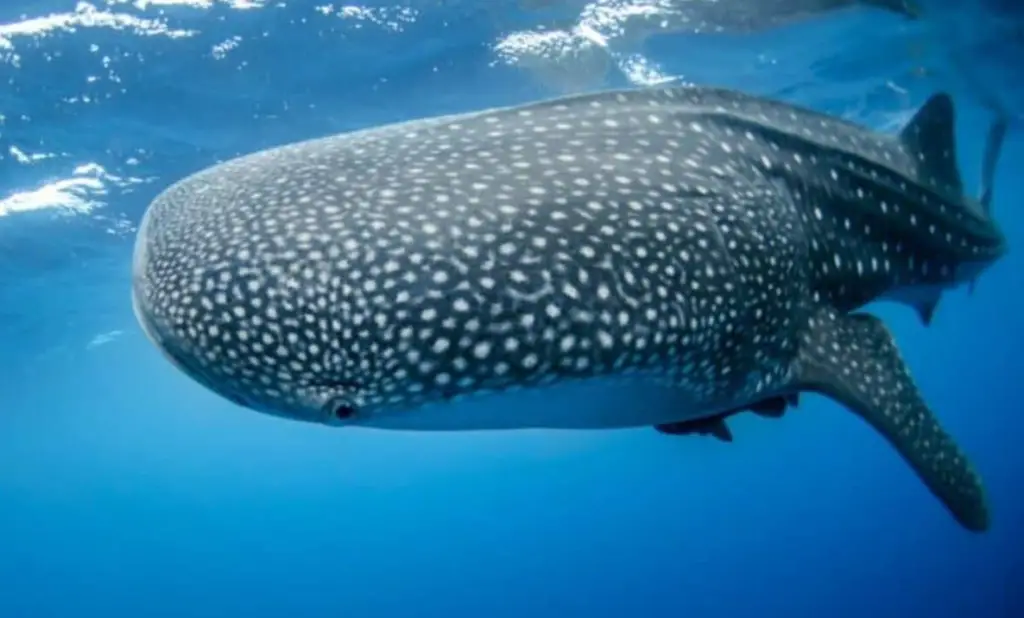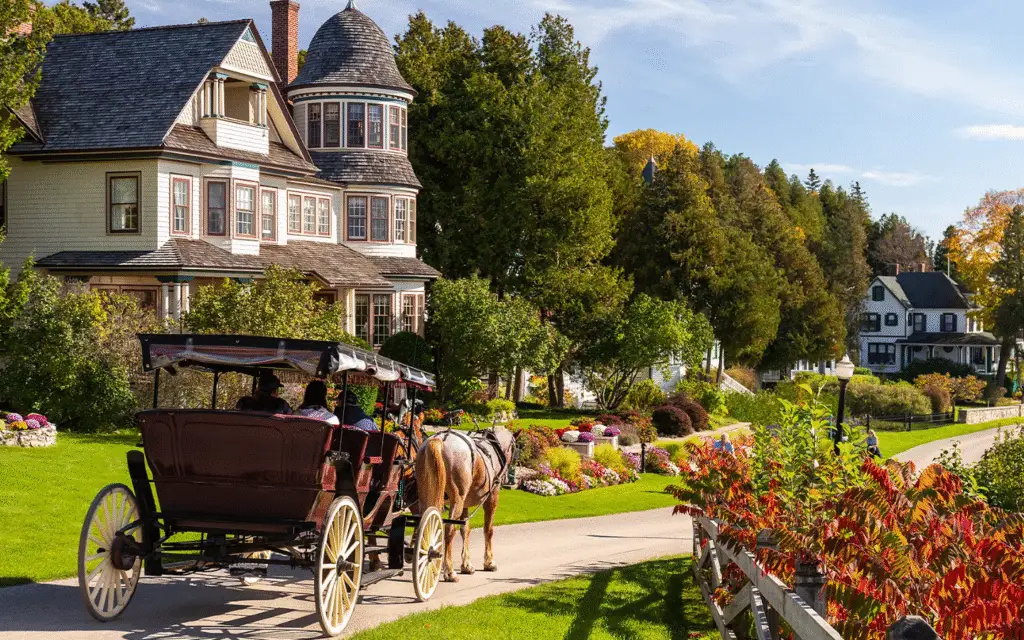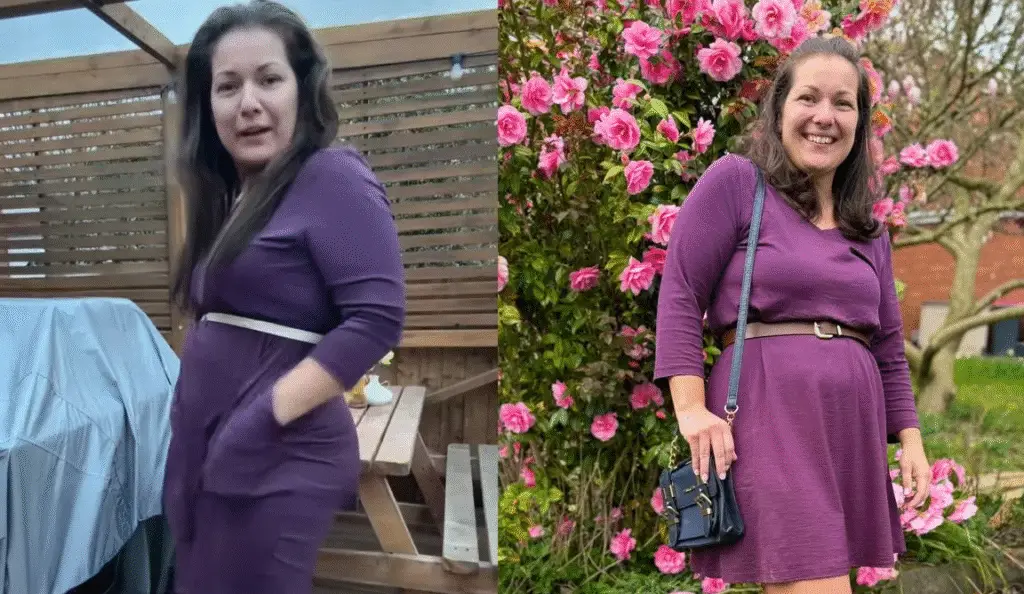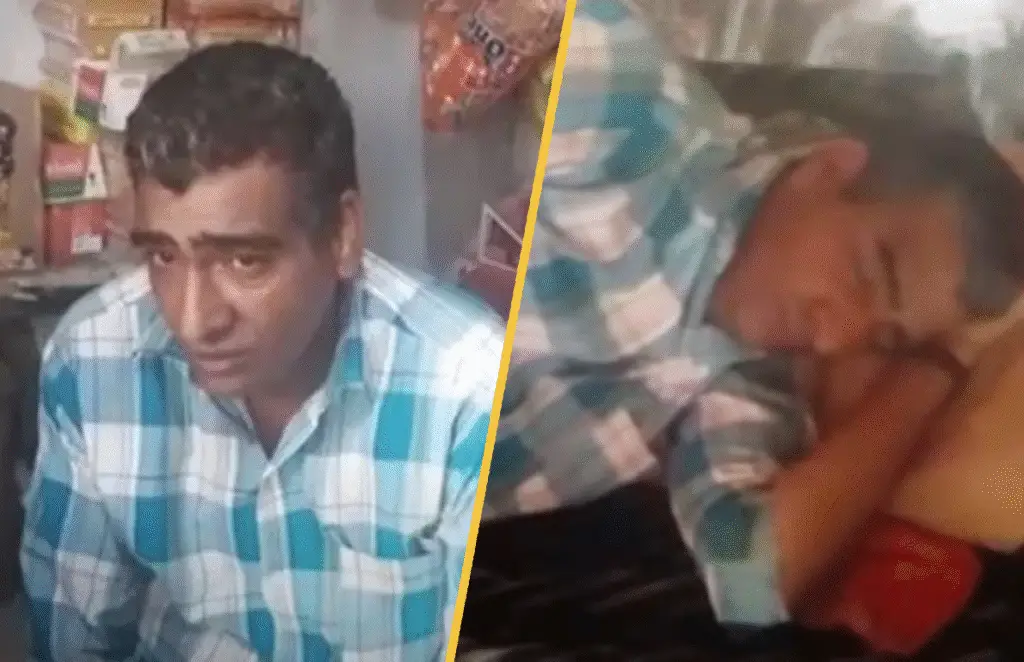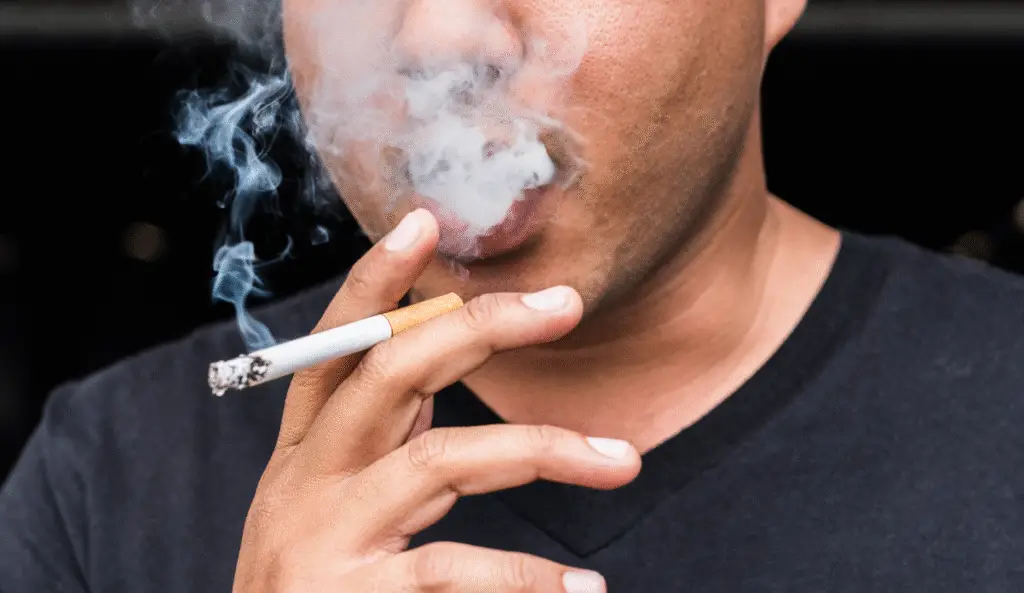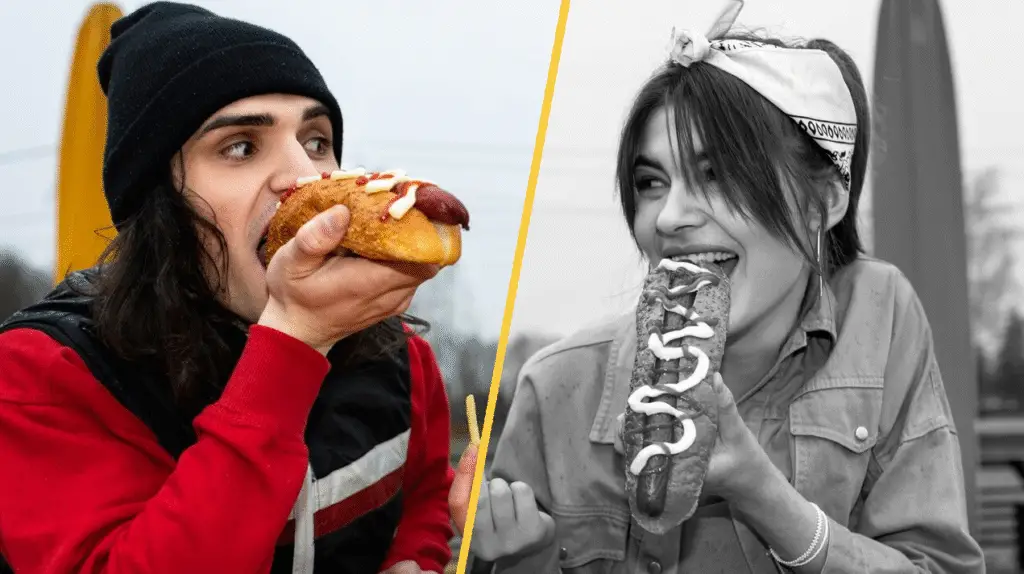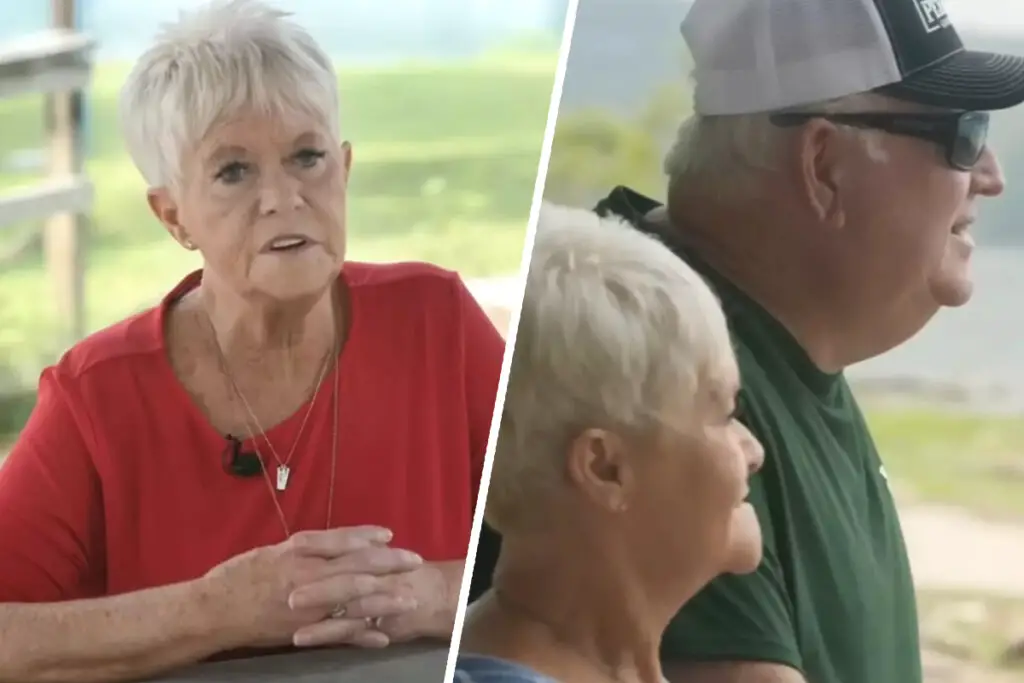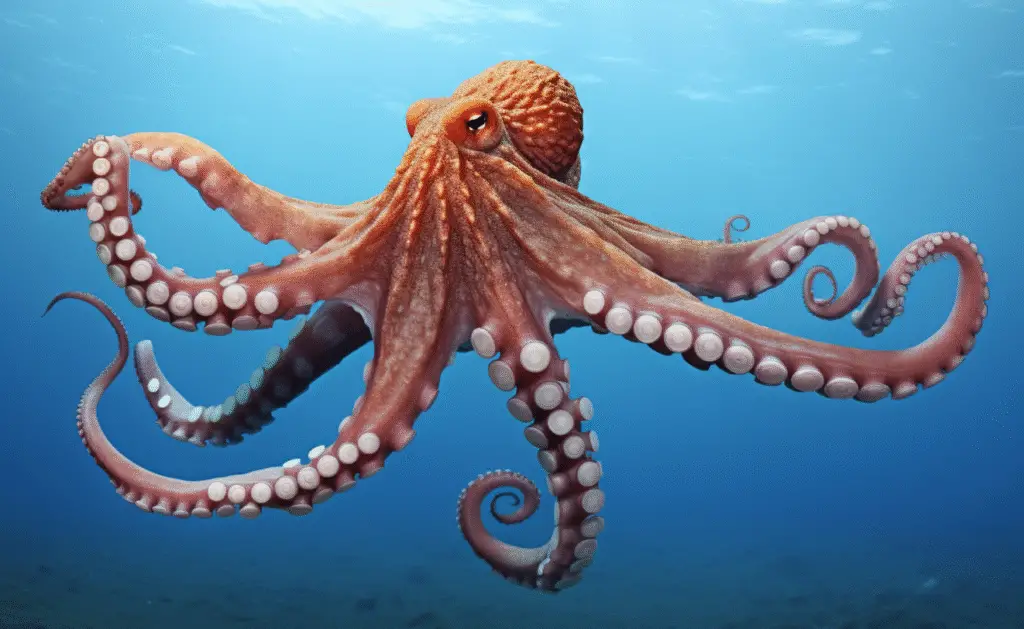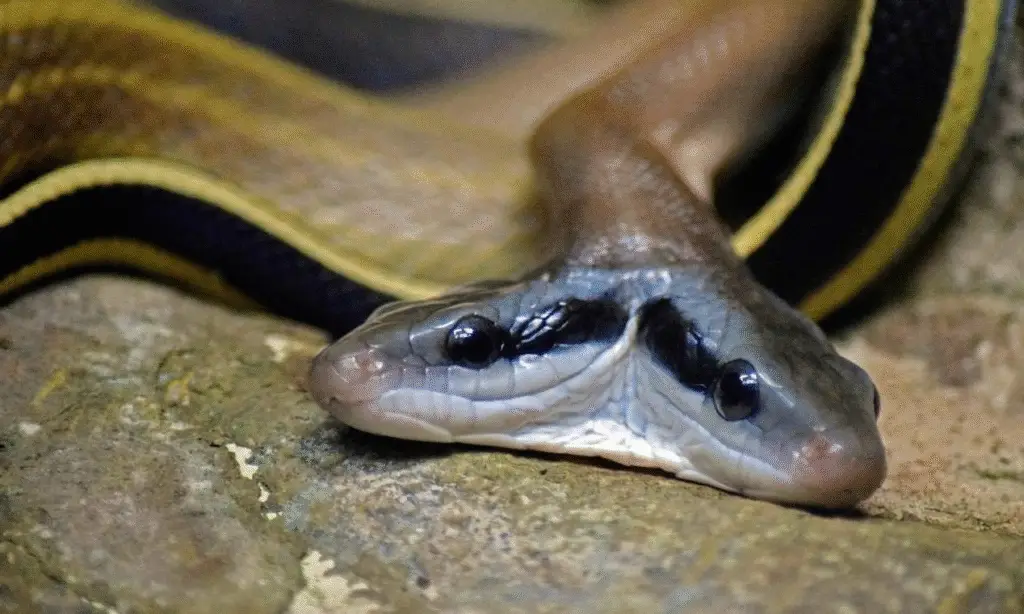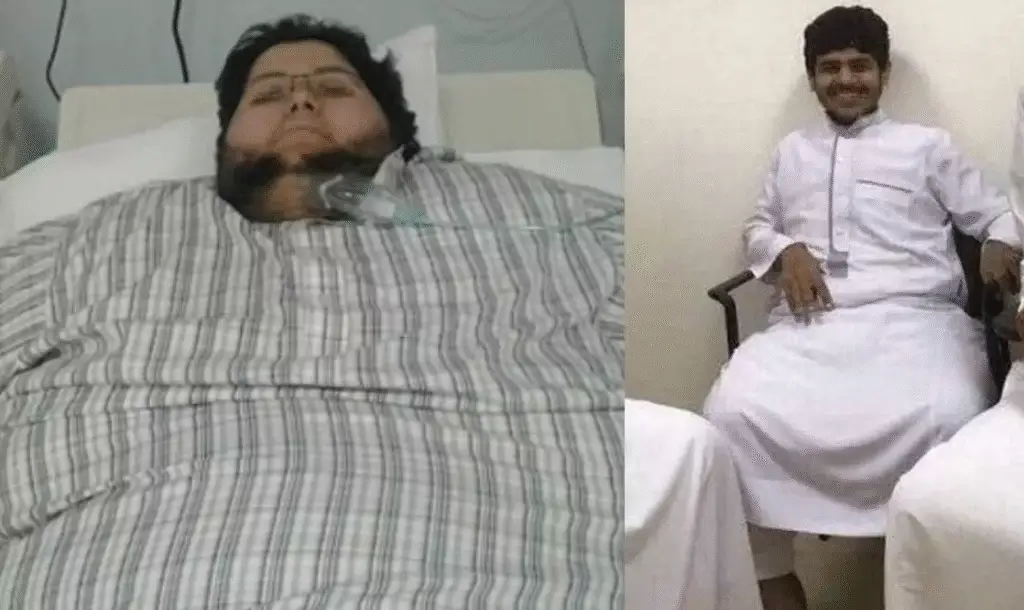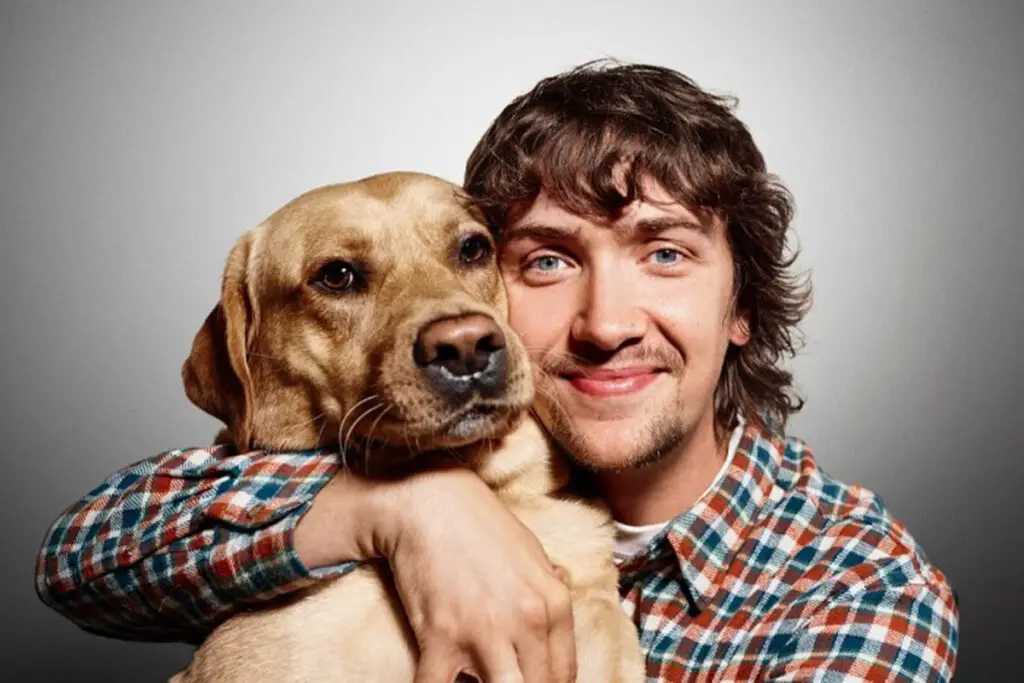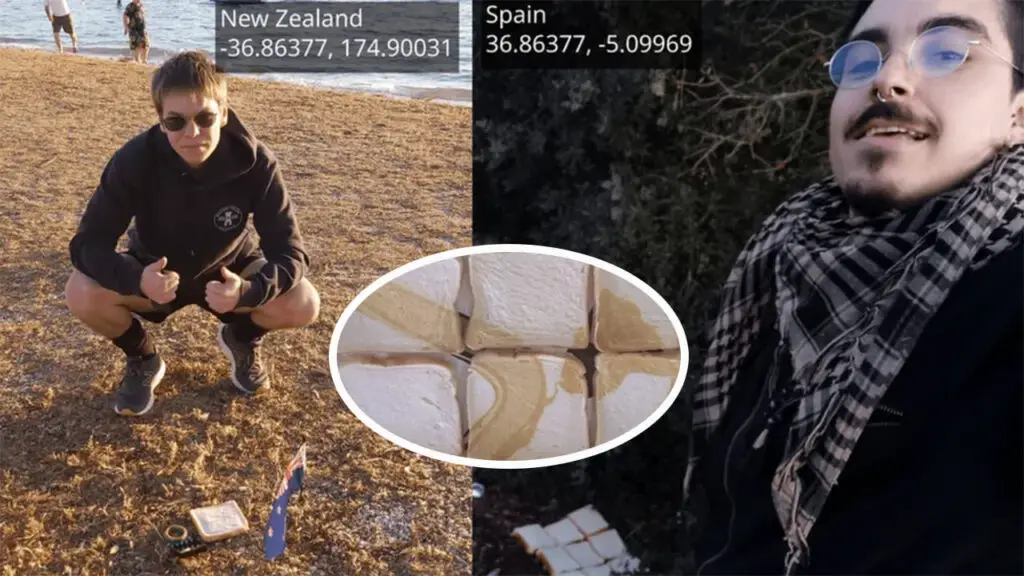How Seven Kind Words at London Pride Transformed a Gay Teen with Cerebral Palsy’s Alienated Life Forever

- A pivotal encounter at Pride sparked lifelong self-acceptance
- Navigating intersectionality of disability and LGBTQ+ identity
- The enduring power of inclusion in personal transformation
In the bustling heart of London during the mid-1990s, a young man named Matthew Hodson stood nervously at Charing Cross station, his new trainers pinching his feet and a fresh T-shirt clinging to his anxious frame.
It was the summer of his 18th year, a time when boredom and anticipation collided on lazy sofa afternoons with his best friend, Joanna.
Her spontaneous suggestion to attend Pride—an event burgeoning with energy and defiance—had seemed like an adventure, yet Hodson harbored secret doubts, hoping the plan would fizzle out.
But there he was, amidst a sea of vibrant strangers: an older man in camouflage combats adorned with angel wings, drag queens shimmering in tight red sequins like a polished Motown ensemble.
As they crossed the road, Hodson felt underdressed and out of place, another venue where belonging eluded him.
This was London Pride in an era when the event was evolving from its roots in the 1972 march—Britain’s first official Gay Pride Rally—into a massive celebration drawing hundreds of thousands.
In 1995, the festival featured a march from Hyde Park to Westminster, culminating in festivities at Victoria Park, complete with performances by icons like Erasure, Boy George, and Jimmy Somerville, alongside nine beer tents and a vibrant array of market stalls.
Yet for Hodson, the day began with trepidation. He had come out to Joanna at 16, sprawled on his living room carpet listening to R.E.M., but the words “I’m gay” felt tentative, overshadowed by years of bullying.
Spitballs stung his collar in class, “bender” echoed during breaks, and train rides home offered fleeting freedom.
Gay magazines, snatched furtively from uncrowded newsagents, depicted smooth-muscled ideals that only deepened his isolation, hidden under his mattress like forbidden secrets.
Complicating this was Hodson’s cerebral palsy, a neurological disorder affecting movement and posture, stemming from brain damage before or during birth.
Globally, cerebral palsy impacts around 18 million people, with approximately 1 million in the United States alone, and it’s the most common childhood motor disability, occurring in about 1 in 345 children.
In the UK, prevalence hovers around 2 to 3 per 1,000 live births, often leading to challenges like muscle stiffness or mobility issues.
For Hodson, it meant navigating the world on crutches, enduring stares and parents yanking children aside as if his condition were contagious.
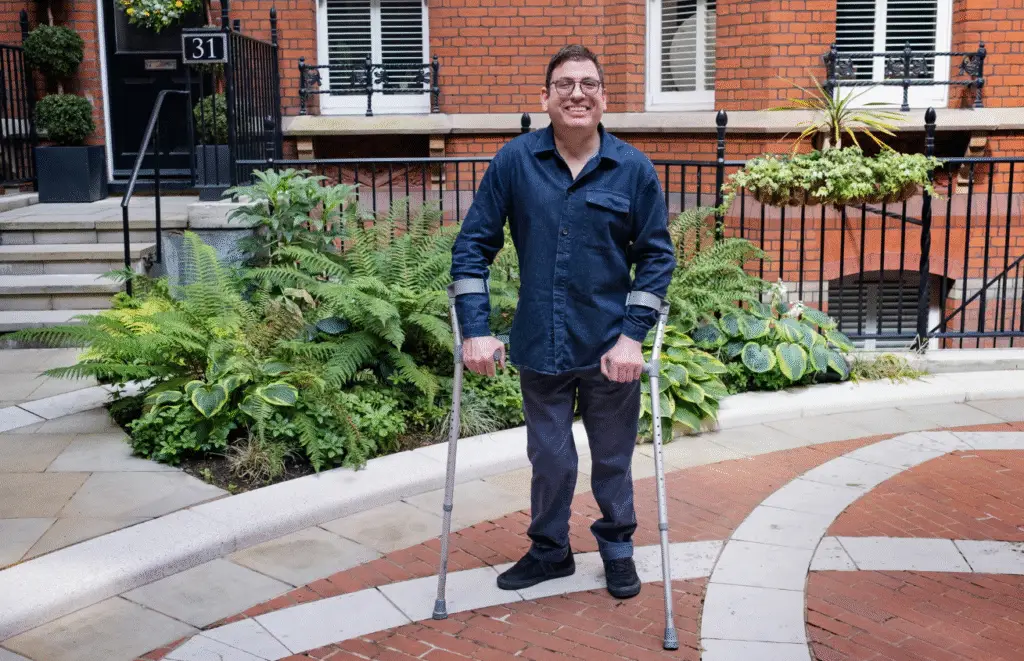
His sexuality felt theoretical, a label irrelevant amid the alienation of disability. What did desire matter when society reduced him to a “difficult difference,” invisible in matters of attraction?
Joanna’s arrival snapped him back, her hug and wide smile anchoring him. “We made it, then,” she whispered, pulling him into the throng toward Trafalgar Square, packed with bodies, noise, and glitter.
Pride events like this were crucibles for personal awakening, especially for those at the intersection of LGBTQ+ and disability identities—a group facing compounded discrimination.
Statistics reveal that one in three LGBTQ+ adults reports a disability, compared to one in four non-LGBTQ+ individuals, with transgender people experiencing even higher rates at 39%.
Mental health disparities are stark: 65% of LGBTQ+ youth with disabilities report discrimination, exacerbating risks of anxiety and depression.
Intersectionality amplifies these barriers, from inaccessible healthcare to employment biases, where disabled LGBTQ+ individuals often navigate dual stigmas.
Amid the crowd, Joanna spotted her first: a woman around 50, her greying hair shaved into a precise quiff, tattooed arms bare under an open leather vest, topless and unapologetic.
Her heavy piercings caught the light, evoking both pain and exuberant self-expression. She embodied pride, comfortable in her skin in a way Hodson had never known.
As he stared—unaccustomed to being the observer rather than the observed—she turned, offering a thumbs-up and a warm Scottish accent: “Enjoy yourself honey, it’s our day today.”
Those seven words ignited a seismic shift. In an instant, Hodson felt seen, not as a fragmented self—gay despite disability, or disabled despite sexuality—but as whole.
The paradox of visible disability often renders one invisible, stripped of humanity in desire and connection.
Denying his sexuality had been a shield, but this stranger’s inclusion shattered it. “Our day” enveloped him in the crowd’s exultation, a mirror reflecting both identities intertwined.
Similar stories echo across the community: one disabled queer individual recalls Pride as a space where emotional inaccessibility lingers, yet moments of connection redefine belonging.
Another shares the journey of coming out twice—once as gay, again as disabled—highlighting the layered pride in intersectional existence.
As the marchers dispersed and rain threatened, Hodson and Joanna hailed a cab to Brockwell Park, where festivities pulsed on.
The driver eyed them warily, mistaking their laughter for intoxication, but in the backseat, relief surged.
Screaming with joy, Hodson imagined his school bullies witnessing this liberation—they had been right about his identity, but wrong about its power.
| Key Facts on LGBTQ+ and Disability Intersection | Details |
|---|---|
| Prevalence of Disability in LGBTQ+ Adults | 36% of LGBTQ+ adults report a disability, vs. 24% non-LGBTQ+ |
| Transgender Disability Rate | 39% of transgender individuals have a disability |
| Cerebral Palsy Global Impact | Affects 18 million people worldwide, 1 million in the US |
| Common CP Type | Spastic CP accounts for 80% of cases |
| Discrimination Among LGBTQ+ Disabled Youth | 65% report feeling discriminated against |
| Mental Health Concerns | Higher rates of anxiety and depression in this group |
The music at the park blurred into irrelevance—headliners forgotten amid damp grass and warm beer. Groups of friends laughed, couples kissed, forming a tapestry of community.
Hodson pondered the woman and countless first-timers like himself, happiness swelling into pride.
Nearly three decades on, that Scottish smile lingers, a catalyst for advocacy in LGBTQ+ spaces where disability inclusion remains a frontier.
But what if that moment had never happened—would the fizz of freedom on those train rides have ever ignited into a life fully claimed?
As Pride evolves, drawing millions globally, stories like this whisper of untapped transformations waiting in the crowds, urging us to wonder who might be next to hear those life-altering words.

